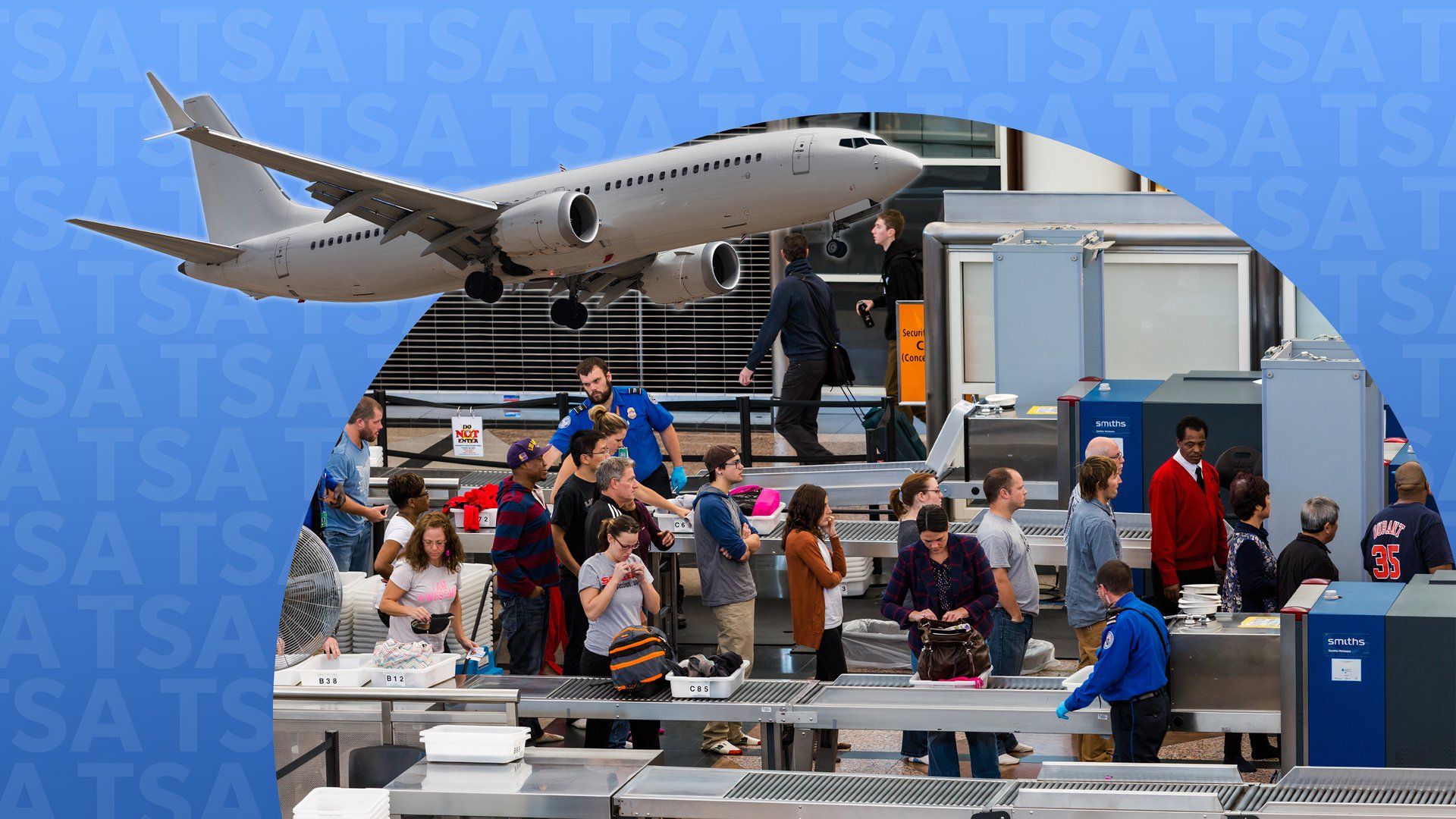Unsafe? How TSA Screenings Have Changed

The Role and Effectiveness of the TSA in American Air Travel
The Transportation Security Administration (TSA) is a well-known presence at airports across the United States. While it's often viewed as an unavoidable part of air travel, many travelers find the process tedious, time-consuming, and sometimes intrusive. Long lines, strict rules about liquids and electronics, and the possibility of being flagged with the infamous "SSSS" code on boarding passes are all part of the experience. Despite these challenges, the TSA remains a critical component of airport security, tasked with ensuring the safety of passengers and crew.
But how effective is the TSA? Critics argue that its methods may not be as efficient or secure as they claim to be. For instance, tests have shown that the TSA misses nearly 95% of weapons introduced during simulated scenarios. This raises questions about whether the agency is truly fulfilling its mission or simply creating a sense of security without real results. With each ticket costing passengers $5.60 for the September 11 Security Fee, many wonder if this investment is justified.
A Historical Perspective on Airport Security
Before the creation of the TSA, airport security in the U.S. was managed by private companies under contracts with airports. These systems were inconsistent and lacked standardized procedures. The Chicago Convention, established by the International Civil Aviation Organization (ICAO), aimed to create universal standards for airport security, but these were vague and left much to interpretation.
Hijackings were more common in the 20th century, often involving terrorists using planes as a means of ransom. However, the events of September 11 changed everything. The attacks exposed significant weaknesses in the U.S. security system, leading to the formation of the TSA. Its goal was to unify airport security procedures under a single federal agency, making them stricter and more consistent.
Comparing Security Approaches Around the World
Israel’s approach to airport security is often cited as one of the most stringent. At Ben Gurion Airport, passengers undergo extensive interviews and risk assessments based on factors like age, gender, and race. While this method has led to a remarkable record—no successful hijackings in nearly 60 years—it comes at the cost of efficiency and comfort. Passengers are advised to arrive hours before their flights, and the process is known to be invasive.
However, such a system would be impractical for larger international hubs like New York’s JFK Airport, London’s Heathrow, or Dubai’s International Airport. These locations require a balance between security and efficiency, which the TSA aims to achieve through measures like removing the need to remove shoes during screening.
The Impact of the TSA on Preventing Terrorist Attacks
Since the implementation of the TSA, there have been no successful terrorist attacks on U.S.-bound aircraft. While the agency may not always catch every threat, its presence serves as a deterrent. The severe legal consequences for attempting to bring down an airliner—such as life sentences for individuals like Umar Farouk Abdulmutallab and Richard Reid—suggest that the TSA’s role extends beyond physical screening.
Moreover, global terrorism involving airplanes has declined significantly. This could be attributed to improved detection technologies, evolving tactics by terrorists, or a combination of both. The TSA continues to adapt, recently eliminating the requirement for passengers to remove their shoes and exploring potential changes to liquid restrictions.
Evaluating the TSA’s Success
Determining the true effectiveness of the TSA is complex. While it may not always stop every threat, its impact on preventing attacks cannot be ignored. The lack of successful terror attacks on U.S. flights since 9/11 suggests that the agency has played a key role in maintaining safety. Additionally, its efforts to improve efficiency—like streamlining the screening process—show a commitment to balancing security with passenger convenience.
In conclusion, the TSA faces ongoing scrutiny, but its role in protecting air travel remains vital. Whether it is seen as a necessary evil or a model of effective security, the agency continues to evolve in response to new challenges and threats.
Post a Comment for "Unsafe? How TSA Screenings Have Changed"
Post a Comment